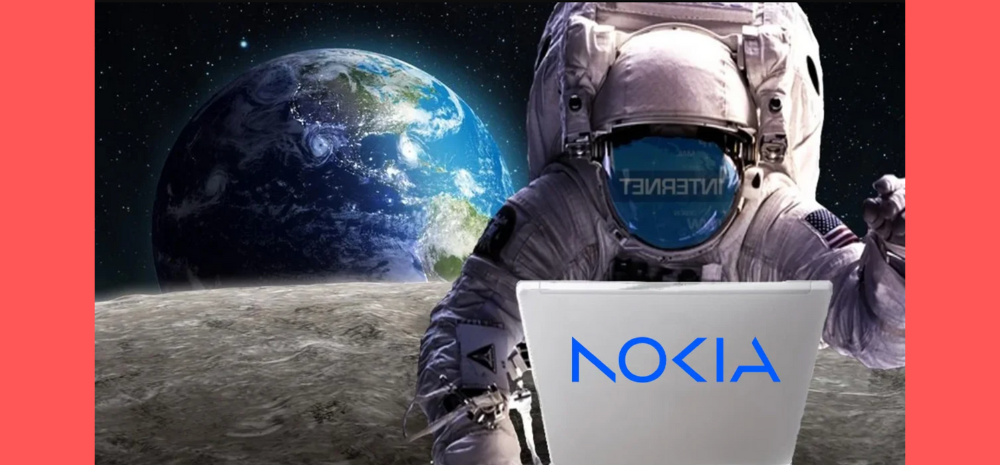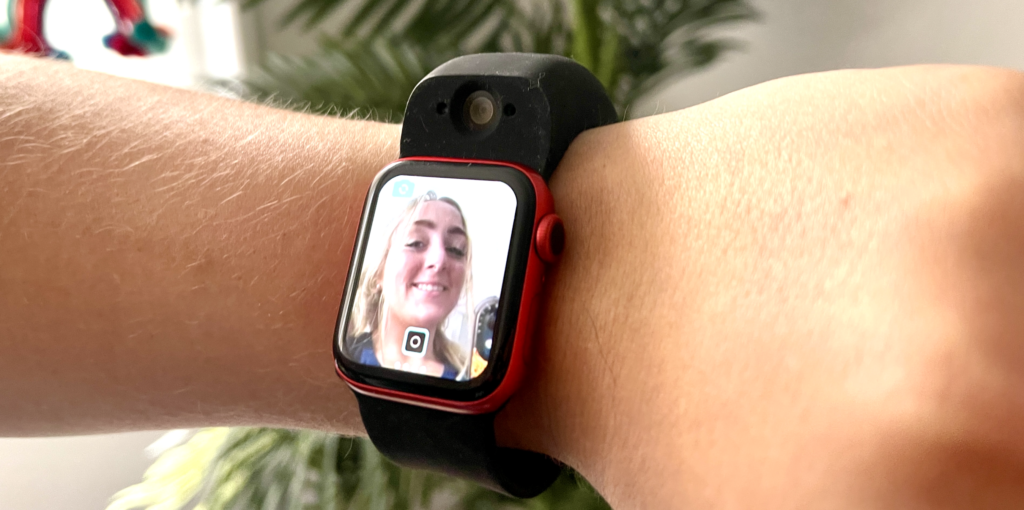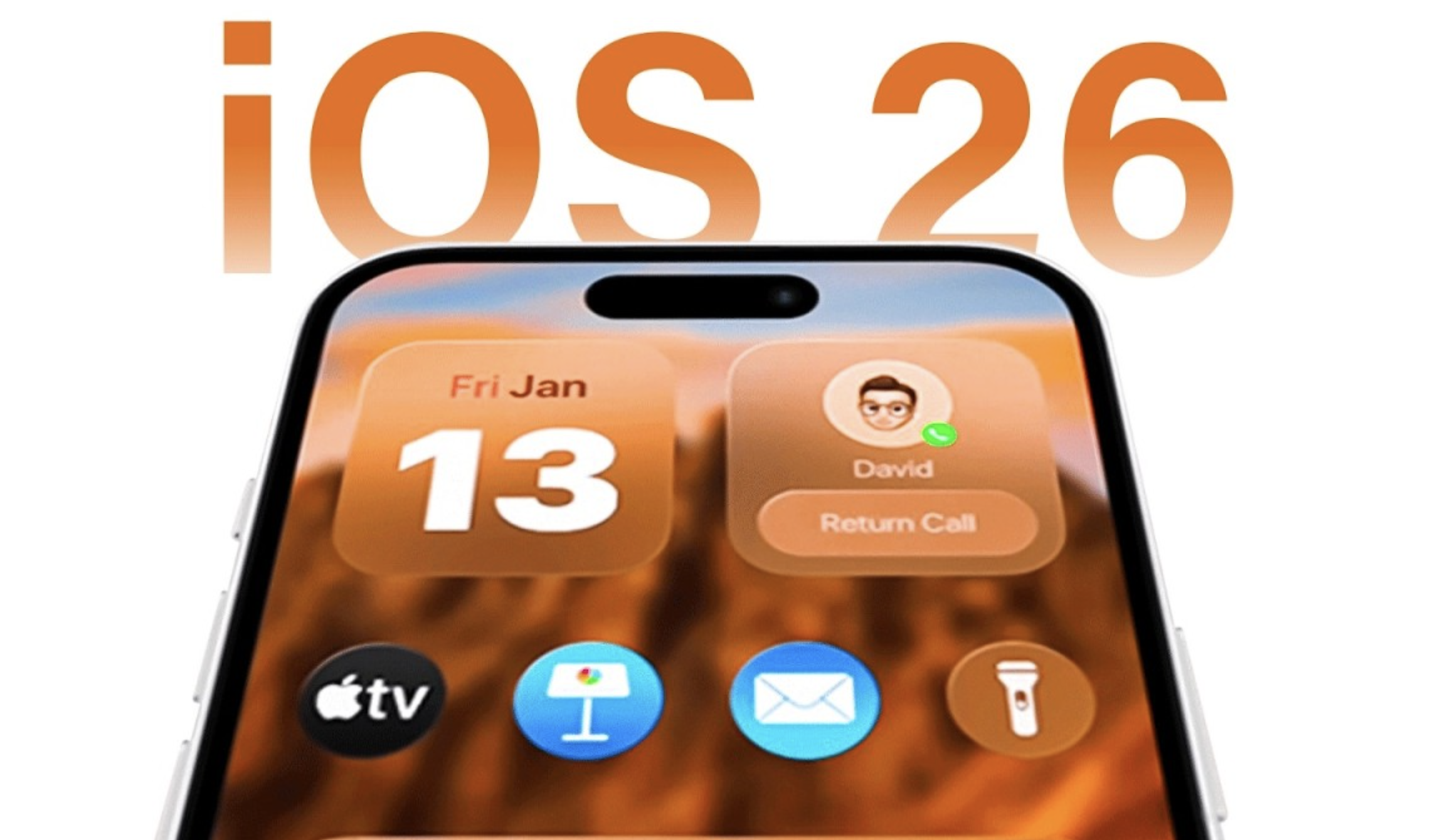There are speculations that technology giant Nokia is working on a LTE/4G communications system for the moon as it plans to launch its first piece of the network as soon as late this year.

Nokia Launching 4G Communication For Moon
In this regard, the hardware for a simplified version of the network is due to launch late this year.
This is a part of the Intuitive Machine’s IM-2 mission, which is anticipated to land at the moon’s south pole.
Under this project, Nokia’s equipment – a “network in a box,” will connect Intuitive Machines’ Nova-C lunar lander with Lunar Outpost’s MAPP rover and Intuitive Machines’ Micro-Nova hopper.
This would test its viability over both near and far distances.
In a statement, the president of Bell Labs Solutions Research at Nokia, Thierry Klein, said, “Like shelter, food and life support, communications will be a crucial component of any future lunar or Mars mission.”
Adding, “Instead of ‘reinventing the wheel’ by creating a proprietary network in space, we are taking advantage of the same state-of-the-art technologies that connect billions of smartphones on Earth.”
How Did This Happen?
Earlier, NASA awarded contracts to 14 companies in 2020 to develop “tipping point” technologies to support the Artemis program.
It appears that Nokia received $14.1 million to build the first cellular network on the moon then.
Nokia seems to be adapting its existing hardware for the lunar environment instead of developing all new technology.
This development holds a great significance as if everything goes according to the plan then Nokia’s 4G/LTE lunar network would provide more bandwidth than the traditional ultra-high frequency (UHF) systems used for space communication.
This development would make communications quicker from astronaut to astronaut.
Moreover, it will also improve communication for autonomous robotic systems on the moon.
In addition to this, the network could eventually be adapted for Mars and upgraded to 5G one day.
Further, Klein said, “Just think about the scale of operations on the moon over the next 20 years. There will be multiple missions in a single year run by different space agencies and even commercial ventures. There will be bases in different regions of the moon.”
Adding, “Having every single mission set up their own communications systems would make no sense economically. Instead, they will need to use the same infrastructure in the same locations and interlink all the different bases on the lunar surface. That is the role of a service provider.”
It appears that not everyone is thrilled by the idea of a cell network on the moon.
According to the Radio astronomers, they are worried that such a network could create radio frequency interference (RFI) that disrupts radio observations.
But, there is hope that the operators such as Nokia could theoretically protect certain frequencies, leaving radio observatories in the clear.














